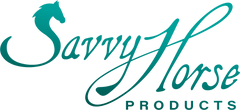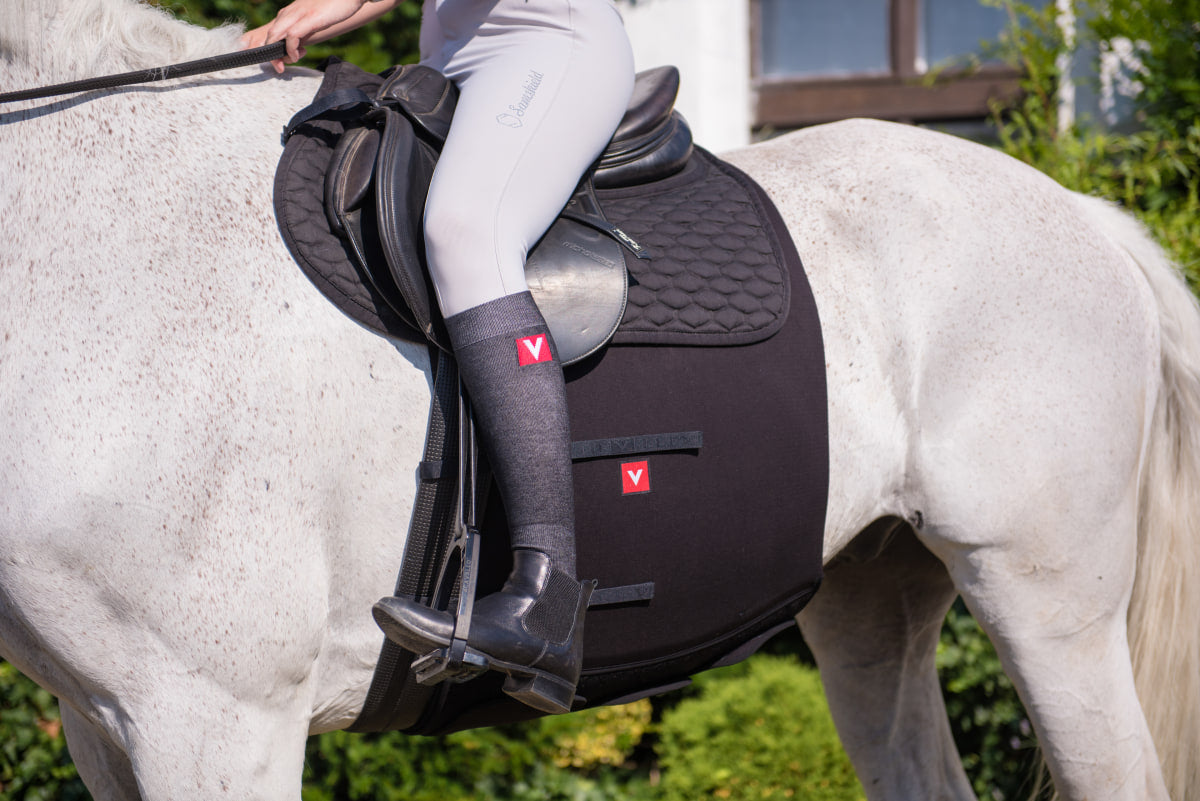December Only: Savvy Feeder • Vetoflex • RYDE - FREE Ground Shipping
Free Ground Shipping through December 31 — First Time Ever.
VETOFLEX Recovery Colic Belt Riding
VETOFLEX Recovery Colic Belt Riding
$604.00
Shipping
+
Shipping
+
We use Fed Ex delivery services. It typically takes 4-10 business days for your order to arrive.
Call us at 937-RU-SAVVY (937-787-2889) or email Lenny@SavvyHorseProducts.com for shipping quotes outside the continental US or to have your delivery held at your local Fed Ex location.
- Overnight shipping available. Select at checkout, we will invoice for the exact shipping cost.
- Protects the hips and the entire circumference of the abdomen.
- Ergonomic shape.
- Hypoallergenic material.
- Breathable, evaporates sweat and repels moisture and cold.

Download Our Free
VetoFlex Guide
This free downloadable guide offers in-depth insight backed by veterinary research and real-world clinical use. Inside, you’ll learn how VETOFLEX compression belts and bandages are designed to protect surgical sites, support the abdominal wall, improve circulation, and reduce post-operative complications, with detailed explanations of each product’s purpose and application.
VETOFLEX RECOVERY BELT: RIDING - COLIC
This belt is intended for horses who are coming back to work under saddle. We recommend using it for both riding and lungeing. This belt supports the horse's core protecting the abdominal muscles during fast movements or unexpected jolts. The belt does not impact the horse‘s reaction to the rider‘s aids due to the materials used. Horses work comfortably in this belt thanks to its anatomical shape and soft, breathable material.
Belts are produced in various standardized sizes such as EXTRA FULL, FULL, and COB.

How to pick a recovery belt?
Individual types differ from each other in waist circumference and vest size.
Depending on the measuring results select either FULL, COB or EXTRA FULL.
If necessary, an individual solution is possible with an additional charge of 30%.
Sizes
Recommendation: When you are measuring on the border of sizes, it is always advisable to lean towards the smaller circumference.

More Information
Description
+
Description
+
PROPERTIES
Reconvalescent, or recovery abdominal belts, have been developed in cooperation with the Faculty of Veterinary Medicine, Clinic of Horse Diseases in Brno.
The belt is intended for use during the horse's return to sport or other work.
Provides reinforcement during sudden jumps or other unexpected movements and shocks.
The anatomical shape of the girdle provides comfort for the horse. The bandage is comfortable for the horse, soft and the materials used are fully breathable.
RECOMMENDATION:
A hernia recovery or colic riding belt is also allowed to be used at races
Belts are produced in various standardized sizes such as EXTRA FULL, FULL, and COB. Pony and Foal options are available upon request
The possibility of an individual solution is a matter of course
Usage
+
Usage
+
The belt is intended for use during the horse's return to sport or other work.
Provides reinforcement during sudden jumps or other unexpected movements and shocks.
The anatomical shape of the belt provides comfort for the horse. The bandage is comfortable for the horse, soft and the materials used are fully breathable.
A hernia recovery or colic riding belt are allowed to be used at races.
INSTRUCTIONS FOR USE
- Place the protective belt over the horse’s back before saddling up with the fasteners pointing in the direction of the horse’s head and both ends of the belt hanging freely either side of the horse..
- Pull both ends of the belt together under the horse’s belly and attach Velcro fasteners as required.
- Thread the anchoring straps underneath the girth and fasten as to position the protective belt 5 to 10 cm (2 to 4 in) behind your boot’s position, depending on your needs and the length of spurs used.
- Attach the adjustable straps to breastplate rings at the front of the saddle.
- Recheck the protective belt for correct fit and tension.
Product Care
+
Product Care
+
- The protective belt is machine washable at 60C, ideally using a soap solution and gentle washing cycle.
- Do not use bleaching agents. It is also not recommended to use fabric conditioners as they can create a film on the yarn preventing direct contact between the product surface and skin.
- Wash with all fastenings done, including all Velcros, to prevent possible damage to the fabric.
- Do not leave to dry in direct sunlight or near a source of heat.
- Avoid contact with organic solvents, oils, fats and salves.
- Protect the product from damage by sharp items.
You may also like
Get In Touch
Email us anytime at
Lenny@savvyhorseproducts.com
Or call us at 937-RU-SAVVY (937-787-2889)


